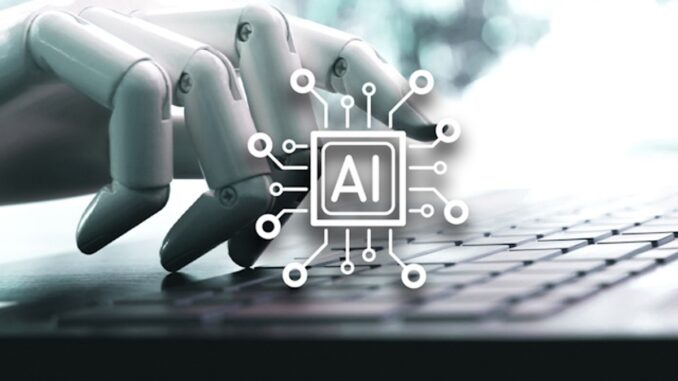
**Generative Adversarial Networks (GANs)** are a class of machine learning frameworks designed for generating new data that resembles the training data.
Proposed by Ian Goodfellow and his colleagues in 2014, GANs have gained immense popularity due to their ability to generate high-quality images, audio, and other forms of data. Here’s a detailed breakdown of GANs:









### Core Components of GANs
1. **Two Neural Networks:**
– **Generator (G)**: The role of the generator is to create new, synthetic data instances. It takes random noise (usually sampled from a Gaussian or uniform distribution) as input and produces data that attempts to mimic the training data.
– **Discriminator (D)**: The discriminator evaluates the data instances it receives, distinguishing between real instances (from the training dataset) and fake instances (produced by the generator).
2. **Adversarial Training:**
– The generator and discriminator are trained simultaneously in a two-player game:
– The generator tries to produce data that is as realistic as possible to fool the discriminator.
– The discriminator attempts to correctly identify real data from fake data.
– This adversarial process continues until the generator produces data that is indistinguishable from real data in the eyes of the discriminator.
### Loss Functions
The training involves optimizing the following minimax game:
\[
\min_G \max_D V(D, G) = \mathbb{E}_{x \sim p_{data}(x)}[\log D(x)] + \mathbb{E}_{z \sim p_z(z)}[\log(1 – D(G(z)))]
\]
– **D(x)**: Probability that \(x\) is a real observation.
– **G(z)**: The data generated by the generator when given noise \(z\).
– **p_data**: Distribution of real data.
– **p_z**: Distribution of the noise.
The generator’s goal is to minimize the discriminator’s ability to distinguish between real and fake, so it tries to maximize the likelihood of the discriminator being wrong.
### Training Process
1. **Initialization**: Both networks are initialized with random parameters.
2. **Training Loop**:
– For a number of iterations (epochs), the following steps are completed:
1. **Train the Discriminator**:
– Sample a batch of real data from the training dataset.
– Generate a batch of fake data from the generator.
– Update D by applying the loss function based on its performance on real and fake data.
2. **Train the Generator**:
– Generate a new batch of fake data.
– Update G based on how well it fooled the discriminator (improving its ability to generate realistic data).
3. **Iterations**: The process continues until the model converges or for a predefined number of epochs.
### Advantages
1. **High-Quality Output**: GANs can produce very realistic images and other types of data.
2. **Flexibility**: They can be adapted for various applications beyond image generation, such as text-to-image synthesis, video generation, and audio generation.
### Challenges
1. **Training Instability**: The process can be quite unstable due to the dynamics of the two competing networks, leading to fluctuating results.
2. **Mode Collapse**: The generator may end up producing a limited variety of outputs rather than capturing the entire distribution of the data.
3. **Evaluation Metrics**: It’s often challenging to evaluate the performance of GANs quantitatively, as subjective assessment (like human judgment) can be necessary.
### Variants of GANs
Numerous GAN architectures have been developed to address specific tasks or mitigate challenges:
– **Conditional GANs (cGANs)**: Allows conditional generation of data based on labels or classes.
– **Progressive Growing GANs**: Begin with low-resolution images and progressively increase resolution during training to stabilize learning.
– **StyleGAN**: Introduces styles at various levels of detail in image generation, allowing for high control over the generated images.
– **CycleGAN**: Facilitates image-to-image translation without paired examples, often used for domains where obtaining matched pairs is difficult.
### Applications
– **Image Generation**: Creating realistic images for art, design, and virtual reality.
– **Image-to-Image Translation**: Tasks like turning sketches into photos, changing the style of an image, or transferring scenery.
– **Data Augmentation**: Generating synthetic data to improve the performance of machine learning models, especially in situations where data is scarce.
– **Video Generation**: Creating realistic video sequences and animations.
– **Face Aging**: Simulating the aging process for images of human faces.
### Conclusion
Generative Adversarial Networks have profoundly influenced the field of generative modeling and have been the foundation for many advancements in AI. Their ability to produce high-quality synthetic data continues to open new avenues in research and practical applications. If you have further questions or specific aspects of GANs you would like to explore, feel free to ask!


Leave a Reply